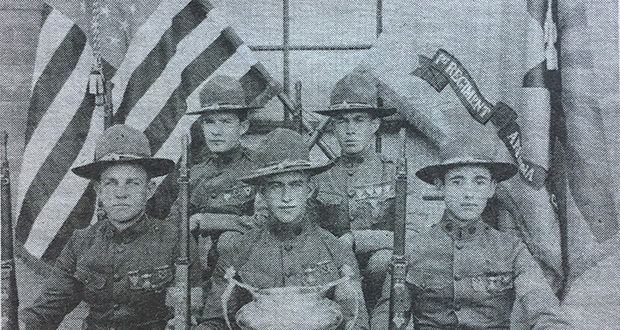The Arizona Rangers
Arizona Capitol Reports Staff//March 23, 2007//[read_meter]
The Arizona Rangers scan for cattle rustlers from a hilltop. In March of 1901, the 21st Assembly of the Arizona Territorial Legislature authorized Gov. Nathan Murphy to form the Arizona...
No tags for this post.

















